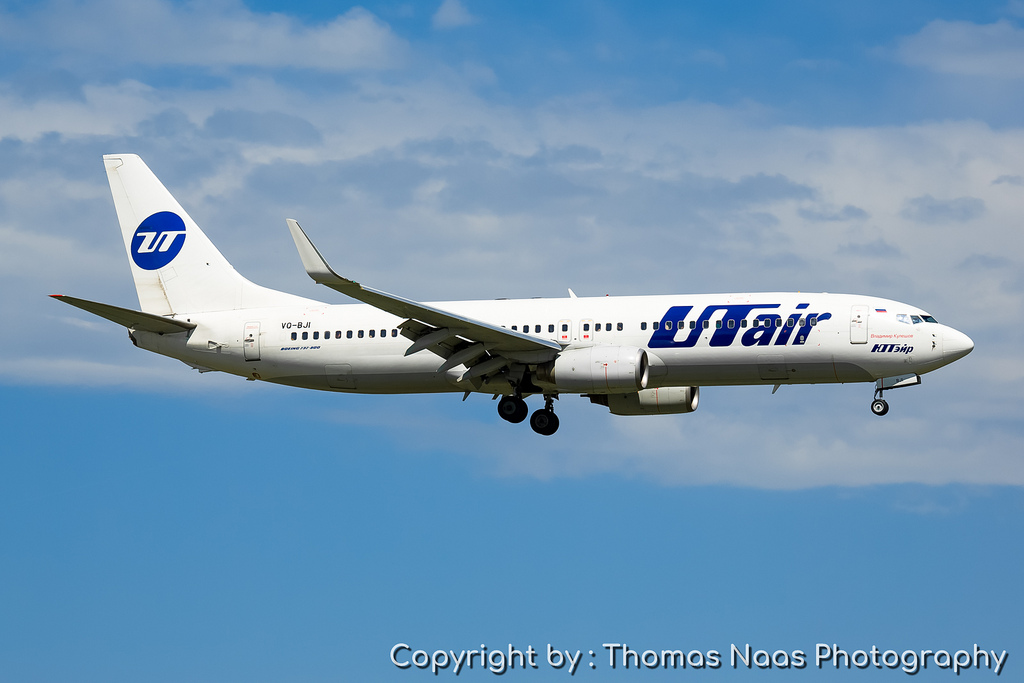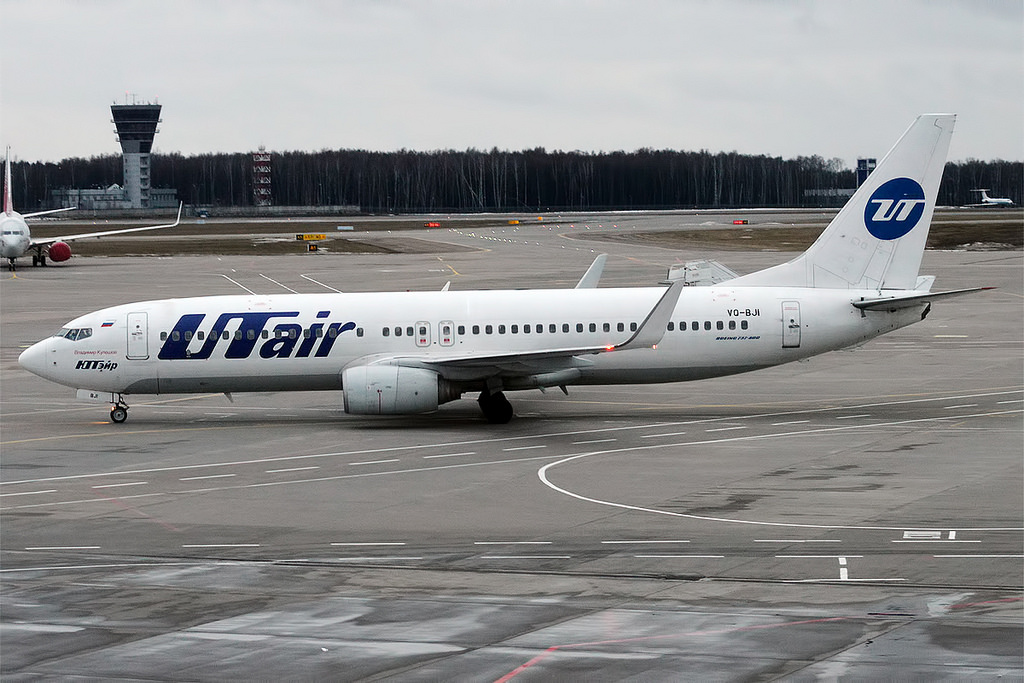UTAir B738 at Sochi on Sep 1st 2018, overran runway on landing
Last Update: January 18, 2020 / 16:56:54 GMT/Zulu time
In Dec 2019 the MAK released their final report, however, without announcing that release on their news page (which caused it to be generally overlooked for a month).The report concludes the probable causes of the accident were:Th...
In Dec 2019 the MAK released their final report, however, without announcing that release on their news page (which caused it to be generally overlooked for a month).The report concludes the probable causes of the accident were:Th
You've hit your monthly reading limit
Get a subscription or get a day pass right now and read this article and over 15'000 more.
Incident Facts
Date of incident
Sep 1, 2018
Classification
Accident
Airline
UTAir
Aircraft Registration
N343434
Aircraft Type
Boeing 737-800
ICAO Type Designator
B738
You have reached your free reading limit for this month.
Subscribe to AeroInside now and continue reading without any limits.
Subscribe today
Are you researching aviation incidents? Get access to AeroInside Insights, unlimited read access and receive the daily newsletter.
Pick your plan and subscribePartner

ELITE Simulation Solutions is a leading global provider of Flight Simulation Training Devices, IFR training software as well as flight controls and related services. Find out more.
SafetyScan Pro provides streamlined access to thousands of aviation accident reports. Tailored for your safety management efforts. Book your demo today
AeroInside Blog
Popular aircraft
Airbus A320Boeing 737-800
Boeing 737-800 MAX
Popular airlines
American AirlinesUnited
Delta
Air Canada
Lufthansa
British Airways

